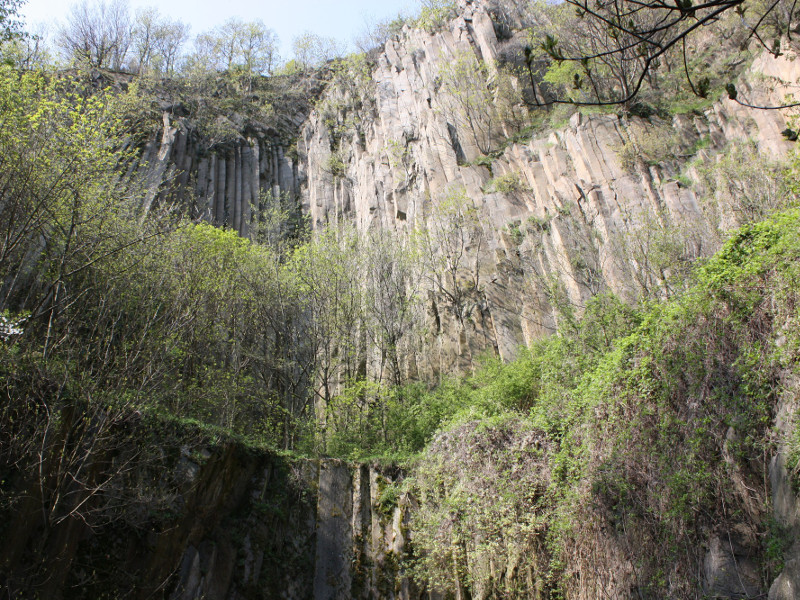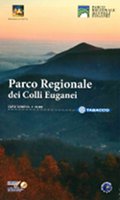Columnar rhyolite quarry
The lower half of Mt. Cinto (281 m) is made of sedimentary rocks, which formed on the ancient seabed before volcanic events, whereas the upper half is made of rhyolite, a type of volcanic rock. In this spectacular quarry, it is possible to observe a phenomenon known as "columnar jointing", i.e. the splitting of the rock body in 40-50 metre high prisms, forming as lava cools and contracts after pouring out. The hot mass, coming into contact with a cold environment, quickly cools from the exterior to the interior and, as can be seen here, fractures in very regular prisms.
Location: Monte Cinto, Cinto Euganeo Municipality: Cinto Euganeo (PD) Region: Venetia
Books and Guides
Tourist Map of Colli Euganei
Price: 8.00 €
Price: 8.00 €
© 2024 - Ente Parco Regionale dei Colli Euganei








